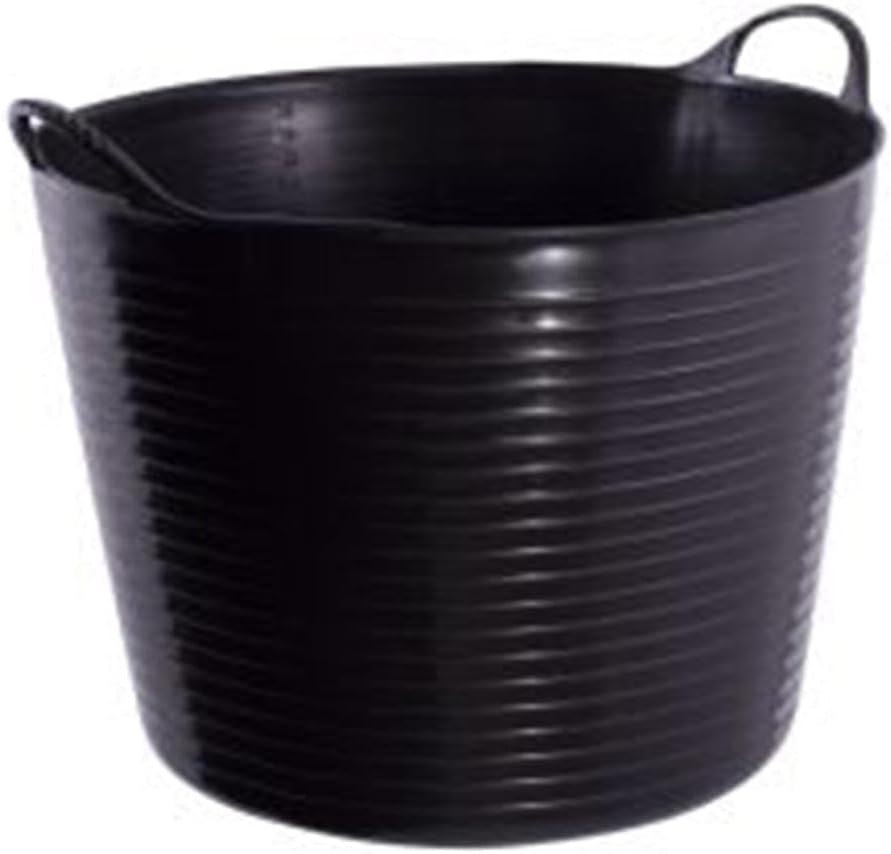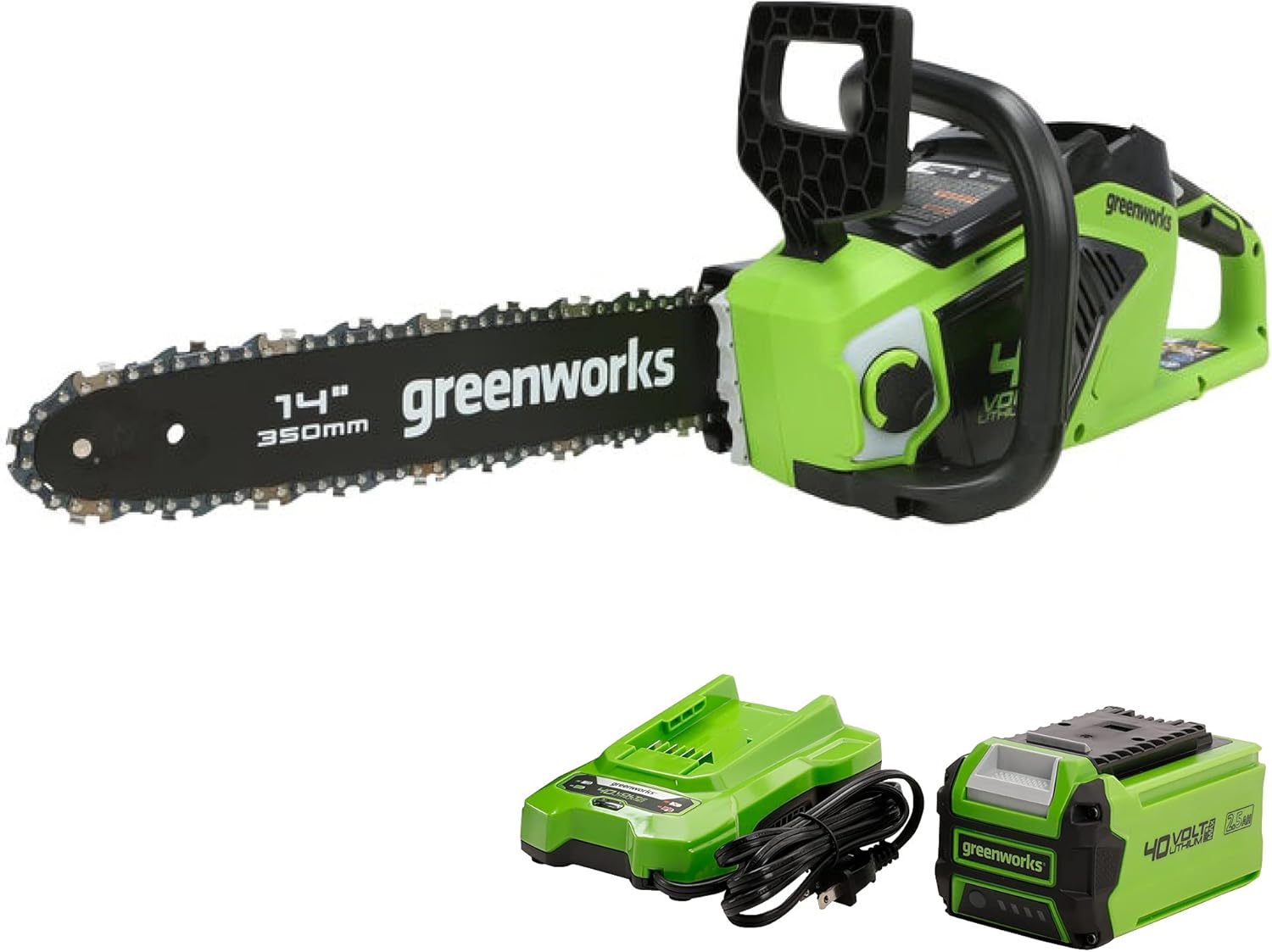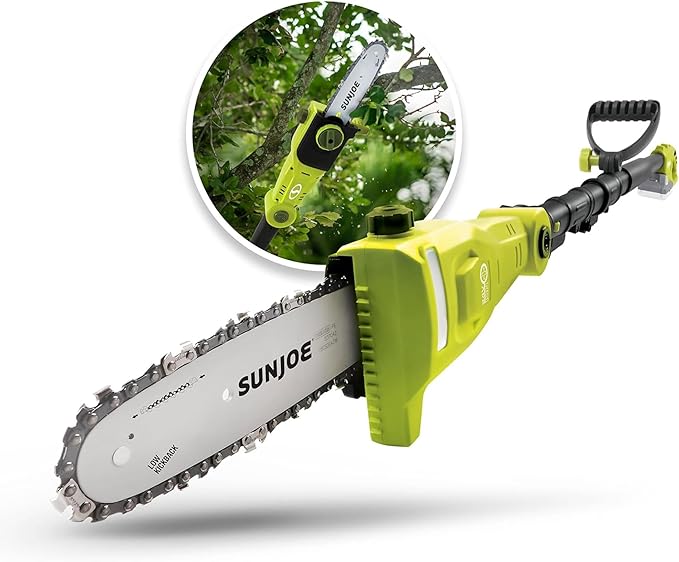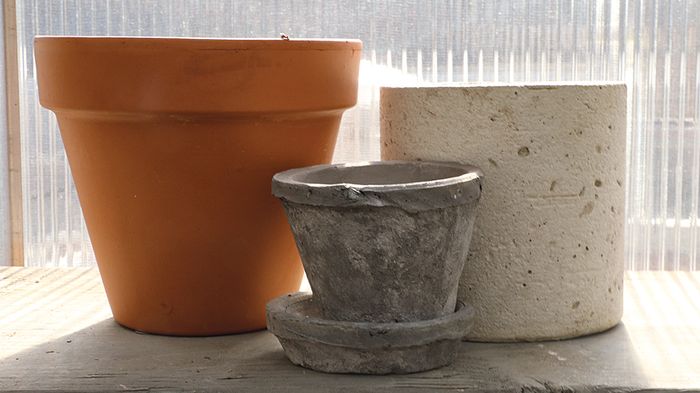How to Repot Container Plants
Trimming the roots and refreshing the soil give pot-bound plants a new lease on life

Most healthy container-garden plants eventually outgrow their pots. A good way to reinvigorate a root-bound plant is to repot it. In my former job as a greenhouse manager, I spent a lot of time repotting container plants.
Recognizing when it’s time to repot is the first step
Telltale signs for repotting include soil that dries out quickly or has become degraded; roots that are tightly packed within a pot or protruding from drainage holes; and water that is sitting on the soil surface too long after watering. Often a plant simply looks top-heavy or as if it might burst out of its pot. The best time to repot most plants is when they’re actively growing, in the spring or summer. However, plants can usually handle repotting whenever the situation warrants it.
A plant ready for repotting should slide out with the soil in one piece. If much of the soil falls free of the roots, the plant may not need repotting. If it does, there will likely be a solid soil-and-root mass in the shape of the just-removed pot. Roots should be white or light-colored. Black, dark-colored, or foul-smelling roots are usually signs of a serious problem, such as fungal disease. The second step is to get a plant out of its pot. If a plant is root-bound, it helps to water the root ball thoroughly in advance. For plants in small to medium pots, invert the pot and support the top of the root ball with one hand. Put your other hand on the bottom of the pot, and use a downward throwing motion with an abrupt stop. Many plants will slip out after one or two throws. If this doesn’t happen, knock the edge of the pot against a sturdy surface, such as a potting bench, while still holding the pot with both hands. It may take a few good whacks to release the plant; be careful not to break the pot.

Roots packed tightly in a pot don’t take up nutrients efficiently
To promote good nutrient absorption, trim the roots and loosen up the root ball before replanting. Use a sharp knife or pruning shears for this job, removing as much as the bottom third of the root ball if necessary. Don’t be surprised if what you cut off is a thick tangle of root tissue. Also, make three or four vertical cuts about a third of the way up the remaining root ball.
Cut through any roots growing in a circular pattern to help prevent the plant from strangling itself with its own roots as it grows. If the roots are thick along the sides of the root ball, shave or peel away the outer layer. Or gently untangle the root ball with your fingers as if you were mussing someone’s hair. Do this along the top edge of the root ball too.
|
|
The proper size of the new pot depends on the plant and its potential growth rate, how well it’s growing under current conditions, and the ultimate size desired for the plant. Rely on your own idea of what a healthy specimen of a particular species should look like. When in doubt, go with a pot the next size up.

To keep soil from leaking out the bottom of the pot, cover its drainage hole(s) with a paper towel, coffee filter, mesh screen, or pot shard. If you use a pot shard, place it convex side up to avoid sealing the hole. While it’s common practice to put gravel or charcoal in the bottom of pots, they don’t help with drainage and take up valuable space, so I don’t recommend using them.
Steps for repotting a plant
- To repot a small plant that’s easy to lift, put a few inches of moist soil in the pot and tamp it down lightly. Place the plant in the pot, centering it. The goal is to get the top of the root ball to sit about an inch below the rim of the pot. If the plant is in too deep, gently raise it and add more soil. If it sits too high, remove the plant and dig out some soil, or just dump the soil out and start over.
- Now, fill the space around the root ball with soil. I’ve noticed that there are two approaches to this job—”stuffing” and “filling.” Stuffers like to press soil in around a plant. Fillers like to fill the pot to the brim and let the soil settle in during the first few waterings. I’m usually a filler, but I do stuff a bit at times, especially with top-heavy plants that need to be steadied. Whether you stuff or fill, leave some room at the top so the pot can hold enough water with each watering to thoroughly moisten the soil.

From Fine Gardening #77
Photos: Jodie Delohery
Fine Gardening Recommended Products

Tubtrugs SP42GBK Flexible Black Gorilla Large 38 Liter/10 Gallon Capacity
Fine Gardening receives a commission for items purchased through links on this site, including Amazon Associates and other affiliate advertising programs.

Greenworks 40V 14" Chainsaw, 2.5Ah USB Battery and Charger Included
Fine Gardening receives a commission for items purchased through links on this site, including Amazon Associates and other affiliate advertising programs.

Sun Joe Cordless Telescoping Pole Chain Saw
Fine Gardening receives a commission for items purchased through links on this site, including Amazon Associates and other affiliate advertising programs.







Comments
I'm going to assume that purchasing a potted perennial plant from a greenhouse in the spring or later will apply to your actions stated here. I'm never sure if I can simply remove the plant from the container and place it into a properly planned place with or without pruning the roots.
well written and right on helpful --I can sense my repotted plants sighing in relief,
thank you
Log in or create an account to post a comment.
Sign up Log in